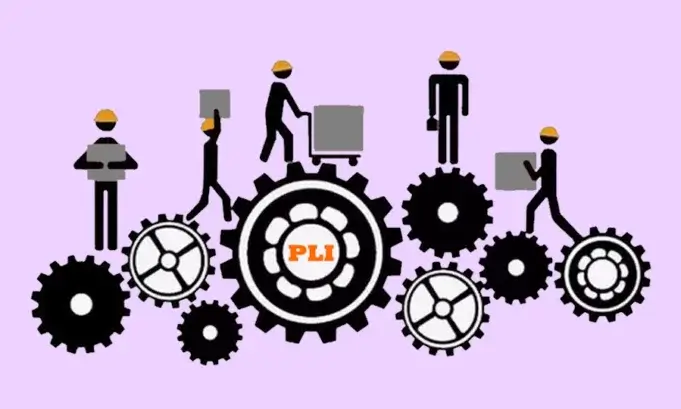The Government of India’s production-linked incentive (PLI) scheme has attracted additional investments of Rs 62,500 crore ($8.4 billion), resulting in incremental production worth Rs 6.75 trillion ($90 billion) and exports of Rs 2.6 trillion ($35 billion) till the 2022-23 fiscal year, according to government data. Despite the slow filing of claims for incentives, officials expect the entire corpus of the scheme to be utilized as production picks up with the addition of new capacities. A marked increase in capex has been registered in PLI linked sectors.
The PLI schemes, launched in 2020, incentivize incremental production across a broad range of sectors, from electronics and pharmaceuticals to telecoms and auto components. The scheme encourages both domestic and foreign companies to increase manufacturing capabilities within India, aiming to transform the country into a global manufacturing hub, generate substantial employment, and enhance export capabilities.
As of March 2023, the government approved 733 applications for the PLI schemes, generating actual investments of Rs 62,500 crore ($8.4 billion). The sectors performing strongly include large-scale electronics manufacturing, pharma, food processing, telecom, white goods, auto, and auto components. Meanwhile, sectors such as solar PV modules, advanced chemistry cell (ACC) batteries, textile products, and specialty steel are yet to see substantial progress.
Despite the success of the PLI schemes, critics, like former Reserve Bank of India governor Raghuram Rajan, raised doubts about their effectiveness, especially in sectors like mobile phones. Government officials defended the scheme, highlighting the increase in domestic value addition in mobile phones from nil in 2014-15 to 20% now.
The government has disbursed Rs 2,900 crore ($388 million) of the claimed Rs 3,400 crore ($455 million) under the PLI scheme, expecting disbursement to accelerate as beneficiaries reach incremental production milestones. Additional Secretary Rajiv Thakur also highlighted that the telecom equipment sector alone, which received Rs 12,195 crore ($1.6 billion) under the PLI scheme, is anticipated to generate Rs 7,500 crore ($1 billion) as direct taxes and Rs 28,200 crore ($3.8 billion) as indirect taxes additionally.
Rajesh Kumar Singh, the secretary of the Department for Promotion of Industry and Internal Trade (DPIIT), hinted at potential changes to sectors struggling under the PLI scheme, as seen with the IT sector where the government recently announced a revised PLI 2.0 scheme with a budgetary outlay of Rs 17,000 crore ($2.3 billion).
The government predicts the PLI schemes, despite their cost of Rs 1.97 trillion ($26.4 billion), will generate additional tax revenue of Rs 5 trillion ($67 billion), turning out to be a self-financing scheme and a substantial revenue generator. It is estimated that just six key sectors — mobile manufacturing, food processing, white goods, telecom, specialty steel, and textiles — will yield Rs 4.25 lakh crore ($57 billion) in indirect taxes during the scheme’s period of six years, potentially reaching Rs 5 lakh crore ($67 billion) if corporate taxes and customs duty are considered.











